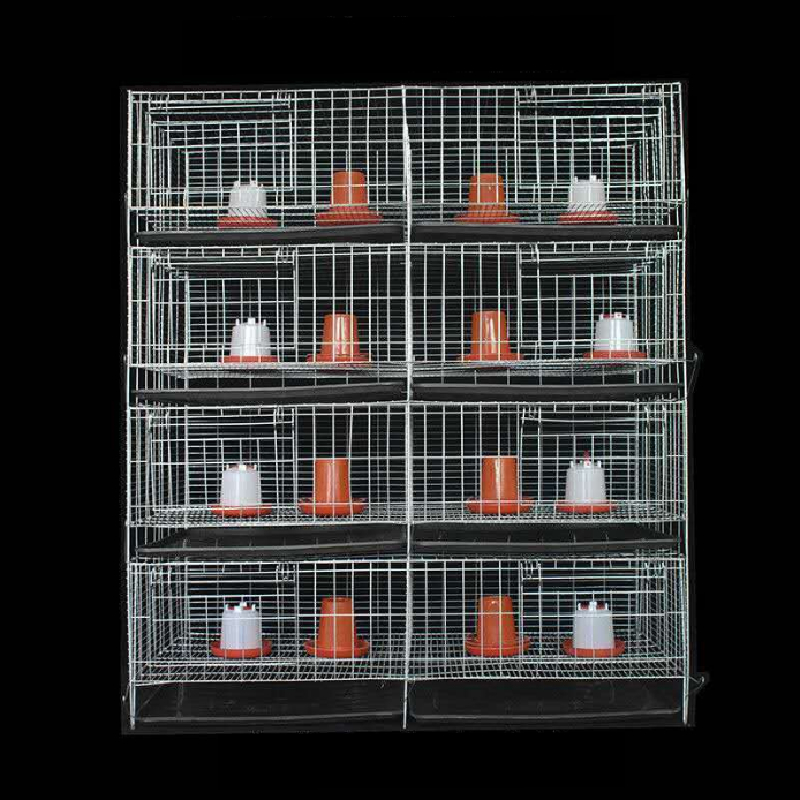exhaust fan shaft
Oct . 09, 2024 14:41 Back to list
exhaust fan shaft
Understanding Exhaust Fan Shafts Importance, Design, and Maintenance
Exhaust fans are essential components in various industries and applications, ensuring proper ventilation and air quality by expelling stale or contaminated air. One crucial aspect of the exhaust fan system is the fan shaft, the vital component that connects the motor to the fan blade, enabling the fan to operate effectively. Understanding the design, function, and maintenance of exhaust fan shafts is crucial for optimal performance and longevity of the fan system.
The Role of Exhaust Fan Shafts
Exhaust fan shafts serve a critical role in converting the rotational motion of the motor into airflow. When the motor spins the shaft, it turns the fan blades, creating a pressure difference that draws air into the fan and exhausts it outside. This process is critical in applications ranging from industrial environments—such as factories and warehouses—to residential settings, like kitchens and bathrooms.
The effectiveness of an exhaust fan heavily relies on the precision of the fan shaft. A well-crafted shaft ensures balanced and smooth operation of the fan, minimizing vibrations that could lead to premature wear and tear. Additionally, the material and thickness of the shaft are designed to withstand the stresses of continuous operation and the impact of air resistance generated by the blades.
Design Considerations
When designing an exhaust fan shaft, engineers must consider several factors to ensure efficiency and durability
.1. Material Selection The shaft is typically made from durable materials like steel or aluminum. Steel is favored for its strength, while aluminum offers a lightweight alternative that can reduce the overall weight of the fan assembly. The choice of material also impacts corrosion resistance, especially in environments with humidity or exposure to chemicals.
2. Shaft Diameter and Length The diameter and length of the shaft are determined based on the size of the exhaust fan and the specific application. A thicker shaft can handle more torque and stress, but it also adds weight, which could affect the fan's operation.
exhaust fan shaft

3. Bearing Support Proper bearing support is vital to the shaft’s functionality. It allows for smooth rotation and minimizes friction. The choice of bearing type—be it ball bearings, roller bearings, or bushings—depends on factors such as load and speed.
4. Alignment and Balancing Ensuring that the shaft is correctly aligned and balanced is essential for the efficient operation of the exhaust fan. Misalignment can lead to increased vibrations and noise, while imbalance can cause excessive wear on the bearings and other connected components.
Maintenance Practices
Regular maintenance of exhaust fan shafts is key to prolonging their life and ensuring reliable performance. Here are some maintenance practices that should be followed
1. Regular Inspections Routine inspections can help identify signs of wear, corrosion, or misalignment. Checking the bearings and ensuring they are adequately lubricated can also prevent unnecessary friction.
2. Balancing If vibrations are detected during operation, it could indicate an imbalance. Rebalancing the shaft and fan blades can restore smooth operation and extend the lifespan of the components.
3. Cleaning Dust and debris can accumulate on the fan blades and shaft, affecting performance. Regular cleaning ensures optimal airflow and efficiency.
4. Replacement of Worn Parts Components like bearings and belts should be replaced as they wear out to prevent failure and maintain efficiency.
In summary, the exhaust fan shaft is a critical yet often overlooked element in the functioning of exhaust fans. Its design, material, and maintenance play a pivotal role in ensuring efficient air movement and prolonging the lifespan of the system. By understanding the importance of exhaust fan shafts, industries and homeowners alike can take proactive steps to maintain their ventilation systems, ensuring a healthier and safer environment.
-
Automatic Feeding Line System-Pan Feeder Nipple Drinker|Anping County Yize Metal Products Co., Ltd.
NewsJul.29,2025
-
Hot Sale 24 & 18 Door Rabbit Cages - Premium Breeding Solutions
NewsJul.25,2025
-
Automatic Feeding Line System Pan Feeder Nipple Drinker - Anping County Yize Metal Products Co., Ltd.
NewsJul.21,2025
-
Automatic Feeding Line System Pan Feeder Nipple Drinker - Anping County Yize Metal Products Co., Ltd.
NewsJul.21,2025
-
Automatic Feeding Line System - Anping Yize | Precision & Nipple
NewsJul.21,2025
-
Automatic Feeding Line System - Anping Yize | Precision & Nipple
NewsJul.21,2025






